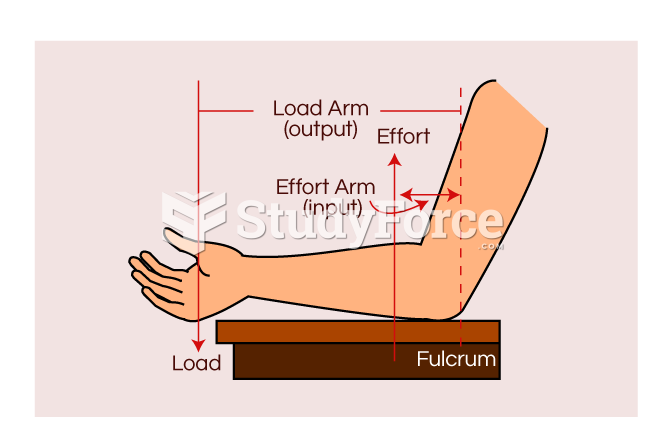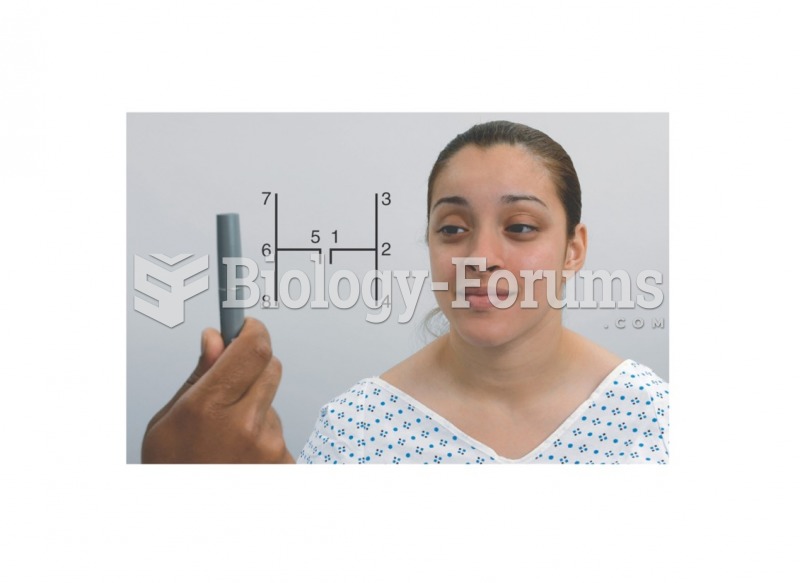Answer to Question 1
1
Rationale 1: Deductive reasoning proceeds from the general (Rogers' theory) to specific (older adults adapting well to moving).
Rationale 2: Inductive processing involves data that are gathered from a real-life situation and the researcher making a general explanation of that behavior.
Rationale 3: The term propositional statement is used in research to assert the relationship between concepts, not to describe a type of reasoning.
Rationale 4: Grand theories address a broad range of phenomenon in the environment. This is not a type of reasoning.
Answer to Question 2
2
Rationale 1: In Roy's theory, humans are considered to be biopsychosocial beings in constant interaction with the changing environment. People are viewed as adaptive systems with cognator and regulator coping mechanisms that act to maintain adaptation in four response modes: physiological, self-concept, role function, and interdependence.
Rationale 2: Neuman has proposed a model that focuses on the total person. The person or client system (individual, group, community) is subject to environmental stressors that are intrapersonal, interpersonal, and extrapersonal in nature. The client is protected from stressors by a flexible line of defense that is dynamic.
Rationale 3: In Rogers' model, humans and their environment are viewed as two energy fields that are always open to each other. Each human field is unique, and change is always toward increasing complexity and diversity.
Rationale 4: Concepts in the Orem model are self-care, self-care agency, self-care demand, self-care deficit, nursing agency, and nursing system.







